With infection rate being such a major criterion in determining when these states can reopen, it is paramount for test centers to report not only the positive test result of a PCR test, but also the cycle threshold (Ct) value that measures the viral load.
The cycle threshold value is the number of amplifications it takes the test machine to detect the virus’s genetic material, providing valuable information on whether a person is infectious or at risk of severe symptoms from COVID-19.
Knowing the cycle threshold of a PCR test allows government and public health officials to better gauge if there is a serious spread of the virus occurring in an area and take appropriate action, instead of only resorting to lockdowns.
While proponents of lockdowns say that it plays a role in slowing the spread of COVID-19, many others, including prominent experts, are warning against such extreme measures.
“The only time we believe a lockdown is justified is to buy you time to reorganize, regroup, rebalance your resources, protect your health workers who are exhausted, but by and large, we’d rather not do it,” Nabarro said.
The declaration also garnered the support of over 500,000 citizens concerned with the numerous negative effects of the lockdowns.
Concerns of fake names signing the declaration are being addressed by the authors of the declaration. They wrote on the website, “The fake signatures are less than 1 percent of the total, and most have been removed from the count tracker.”
White House officials told reporters in a conference call on Oct. 12 that the president’s policy—centered around protecting the high-risk elderly and vulnerable, opening schools, and restoring society—aligned with what “top epidemiologists and health policy experts have been saying—that is, lockdowns do not eliminate the virus; lockdowns are extremely harmful.”
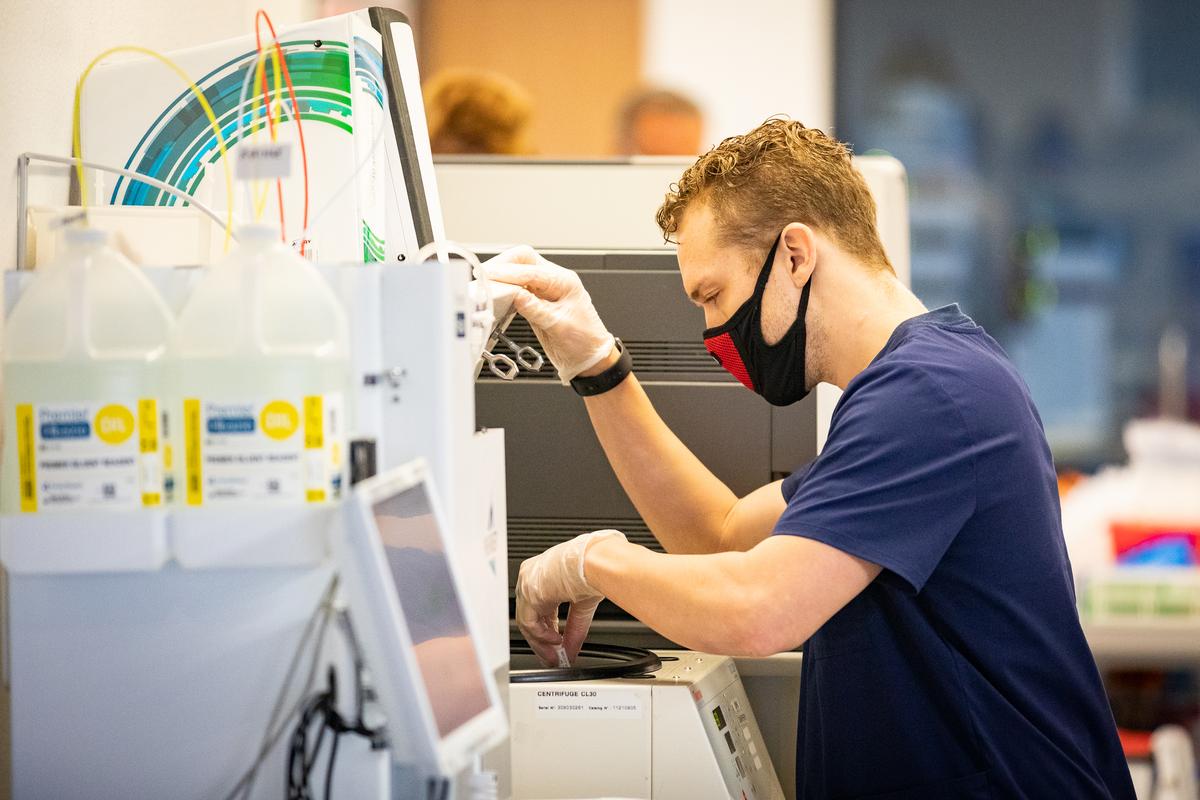
No Standard Cycle Threshold Value
There is no universal standard cutoff cycle threshold value for the PCR tests being used throughout the country for a positive diagnosis, as the federal government does not make that decision.A spokesperson for the CDC wrote in an email to The Epoch Times that, “The Ct cutoffs for various PCR-based assays are defined as part of each test’s FDA emergency use agreements (EUAS)—they are specific to each test.”
“In general, CDC does not develop Ct cutoff guidance as this is typically innate to the tests (some of which are likely proprietary). CDC’s guidance is around the original assay that our lab developed.”
The threshold value cutoff for the CDC’s PCR test is 40 cycles, a value that many medical experts believe returns false positives, as fragments of a killed virus may be picked up.
When asked about the high cycle threshold cutoff value, Kristi Zears, director of communications at the Kansas Department of Health and Environment, told The Epoch Times in an email, “The Ct value is determined by the manufacturer of each test to maximize the sensitivity of the respective test. We have used and continue to have multiple systems being used that may have different cutoffs, but all have been validated to determine presence or absence of the virus.”
What the cycle threshold cutoff value should be varies in discussions among the scientific community, but generally ranges between 25 and 30 with agreement that patients cannot be contagious above these numbers.
Two earlier studies that successfully cultured the CCP virus from positive samples, found a correlation between virus viability in cell culture and cycle threshold value of a PRC test.
PCR Test Sensitivity Leads to False Positives
PCR tests are known for their sensitivity to detect the smallest virus particle, regardless of whether it is a live or nonviable virus, and amplify it millions of times, which can then result in an overdiagnosis of COVID-19.“We know that after about one week of infection from SARS-CoV-2, people are no longer infectious to others, but they still will be positive with PCR testing because they’ll still have bits of the virus within their body.”
SARS-CoV-2 is another name for the CCP virus that causes COVID-19.

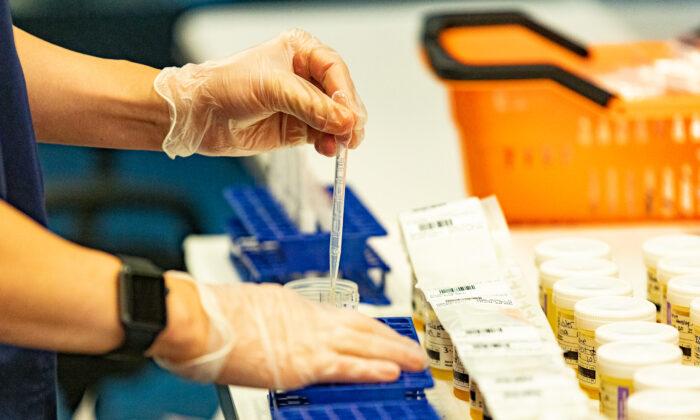

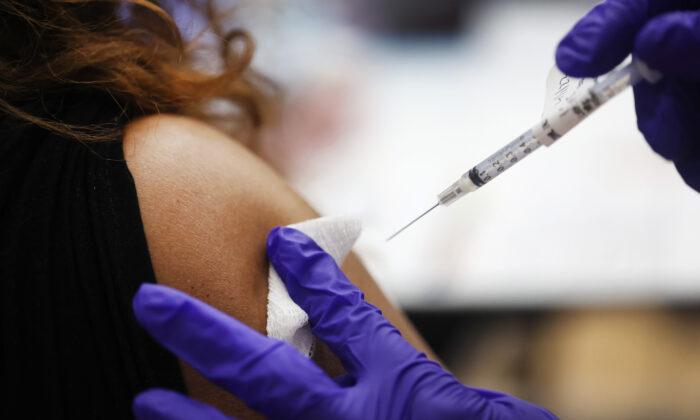
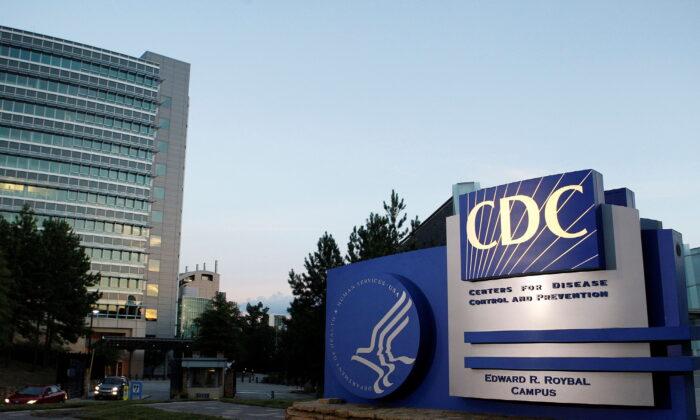
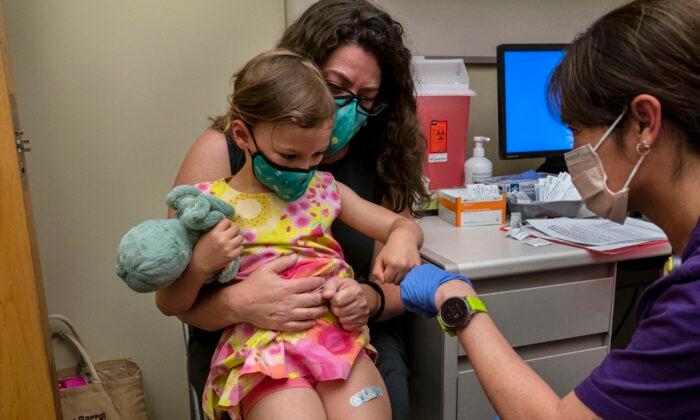
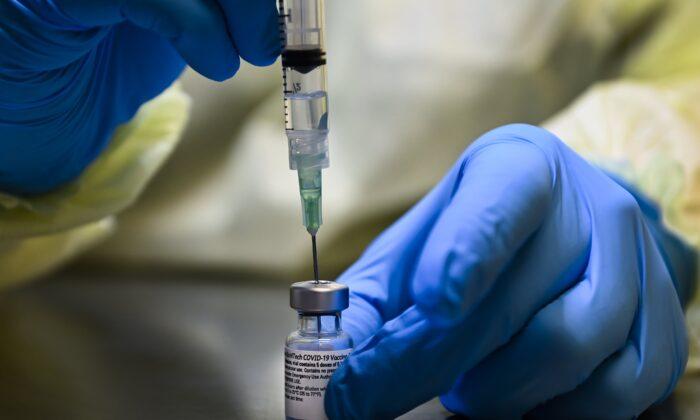
Friends Read Free